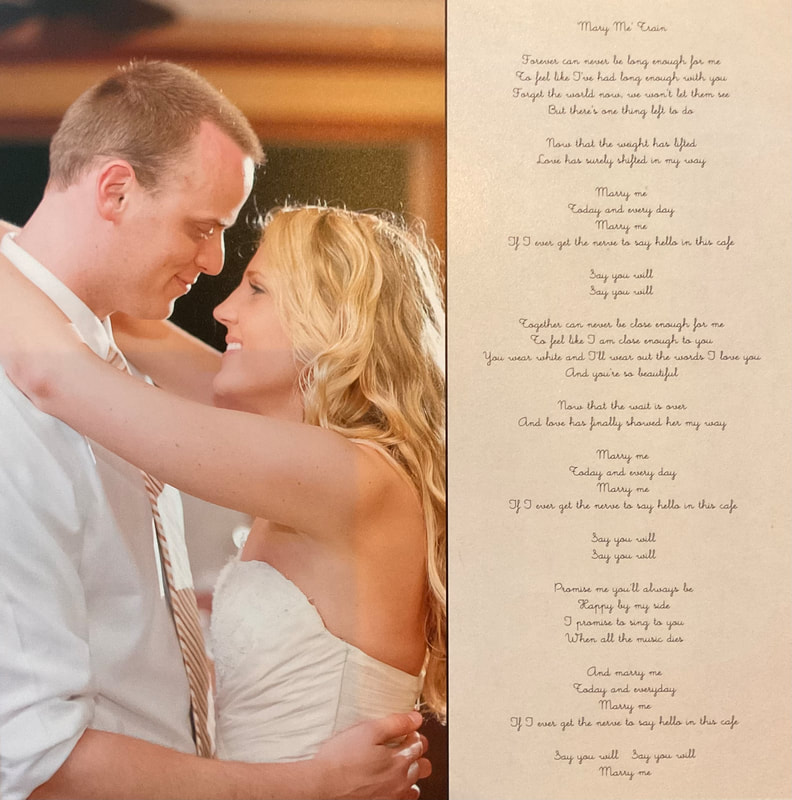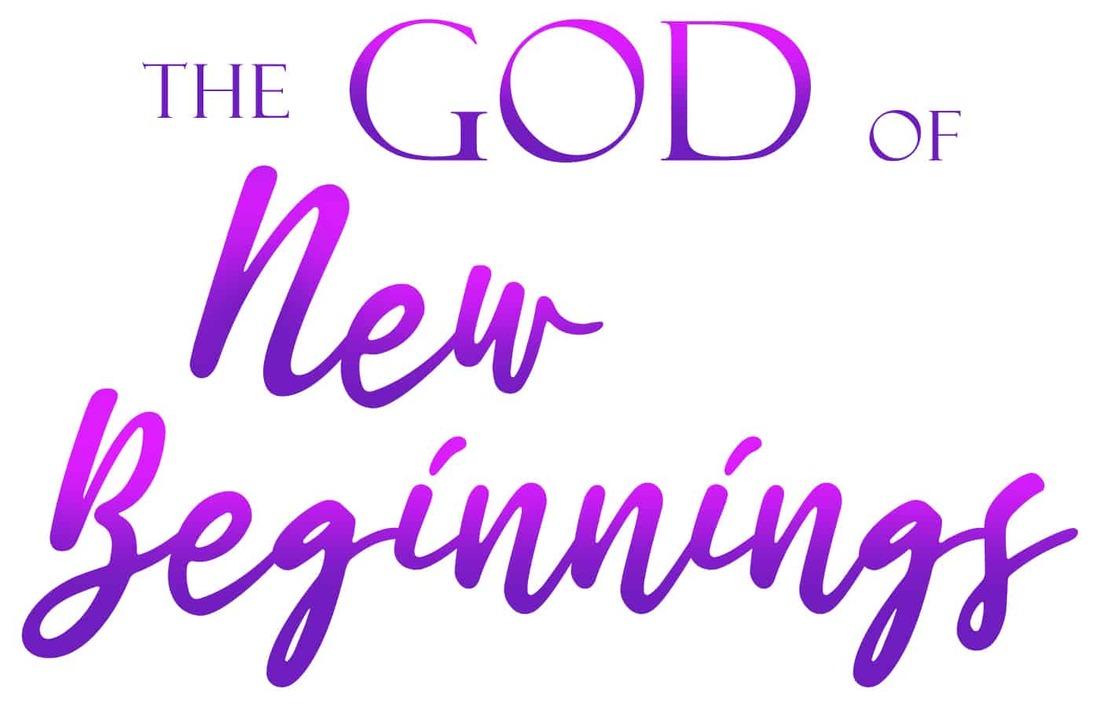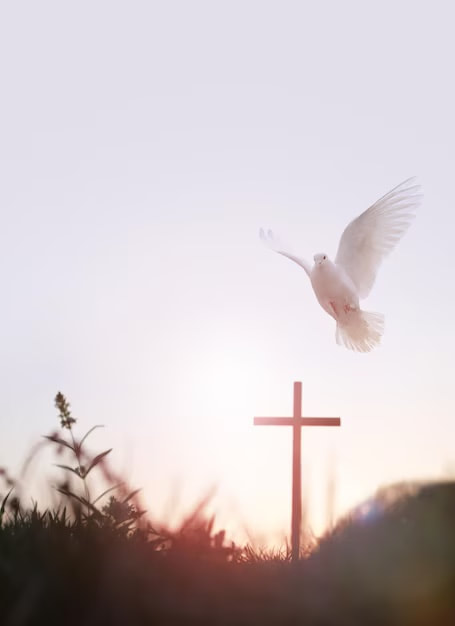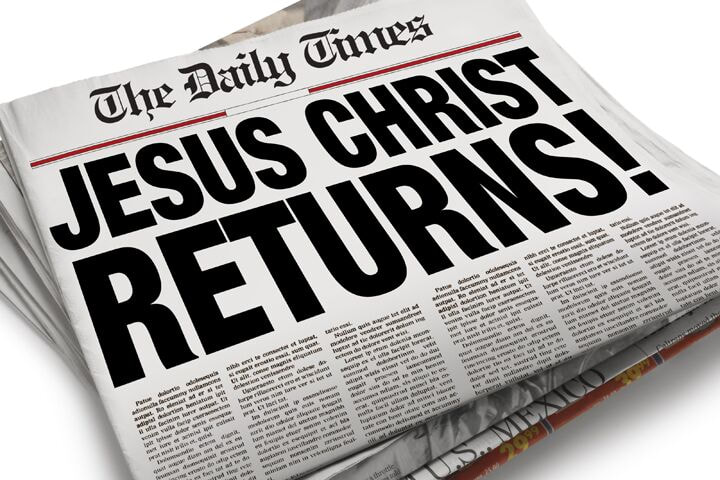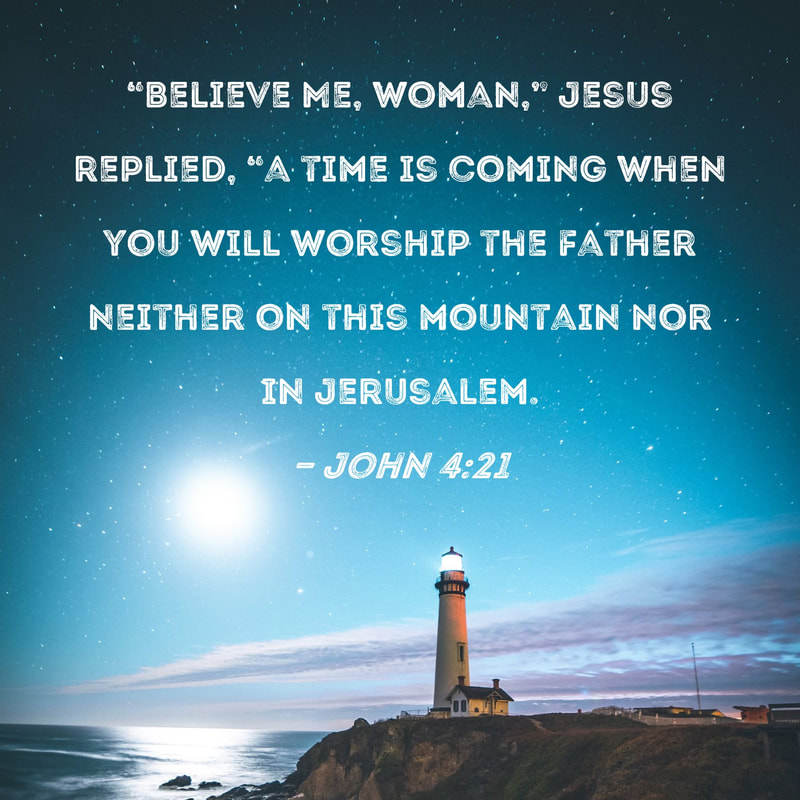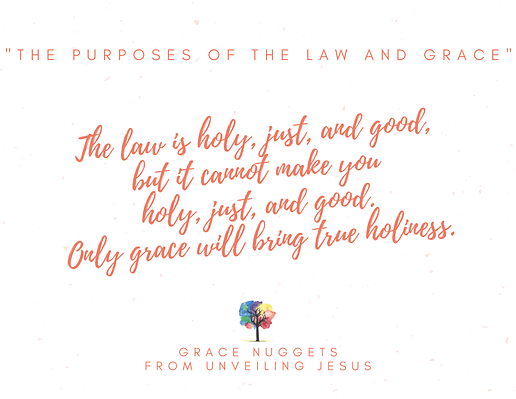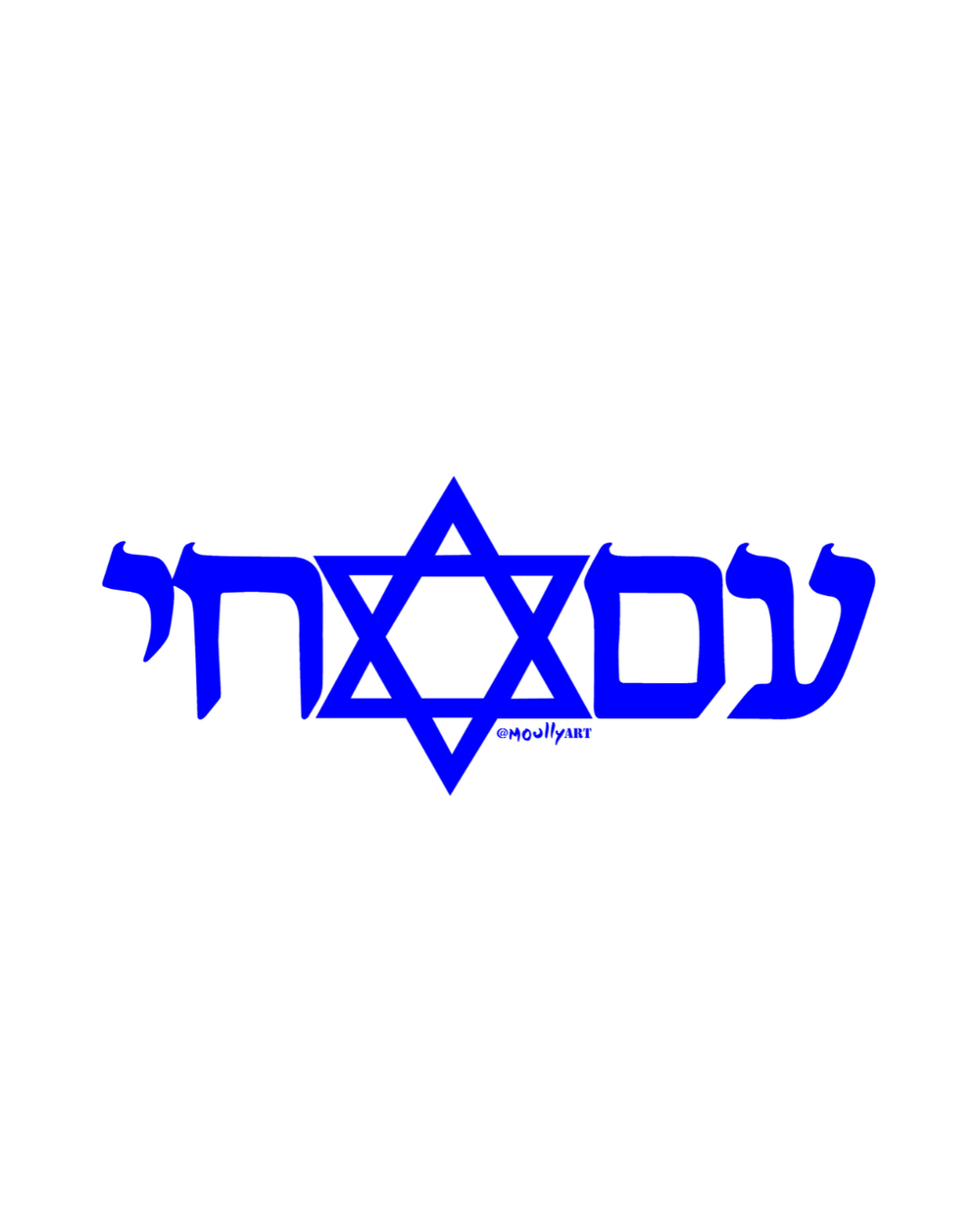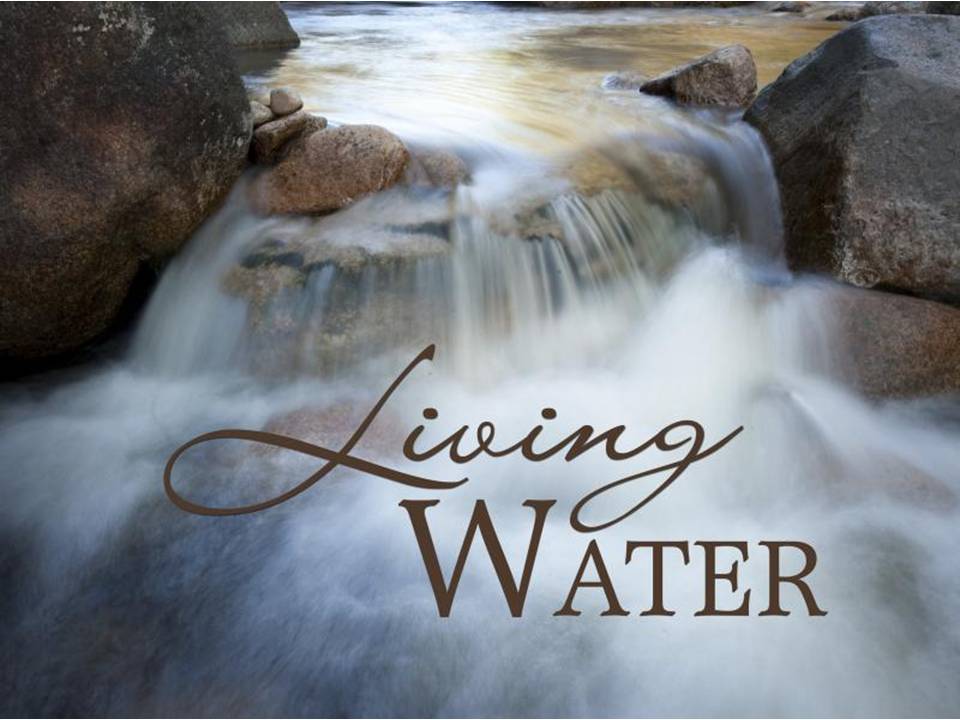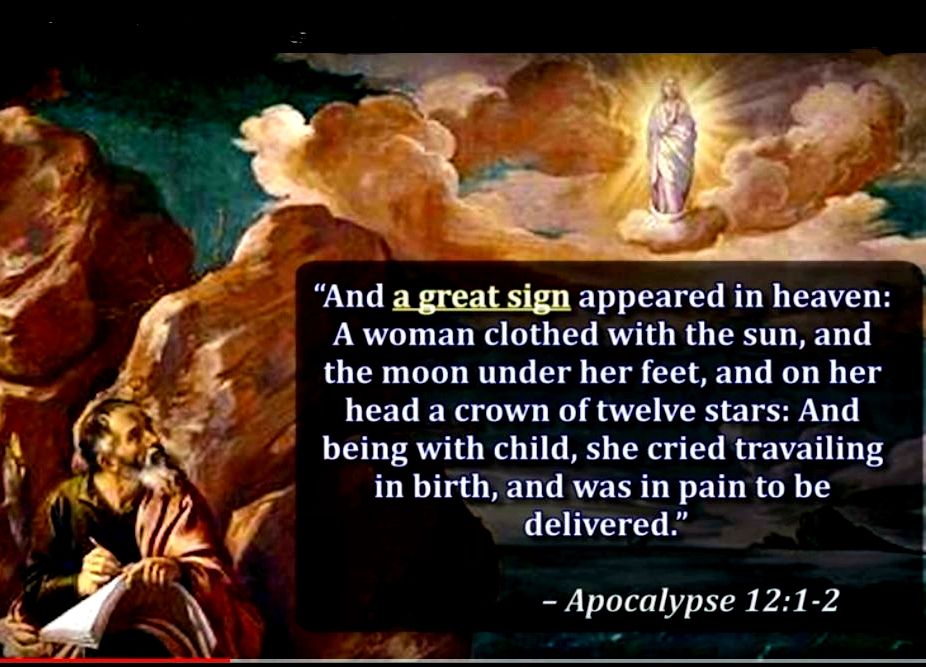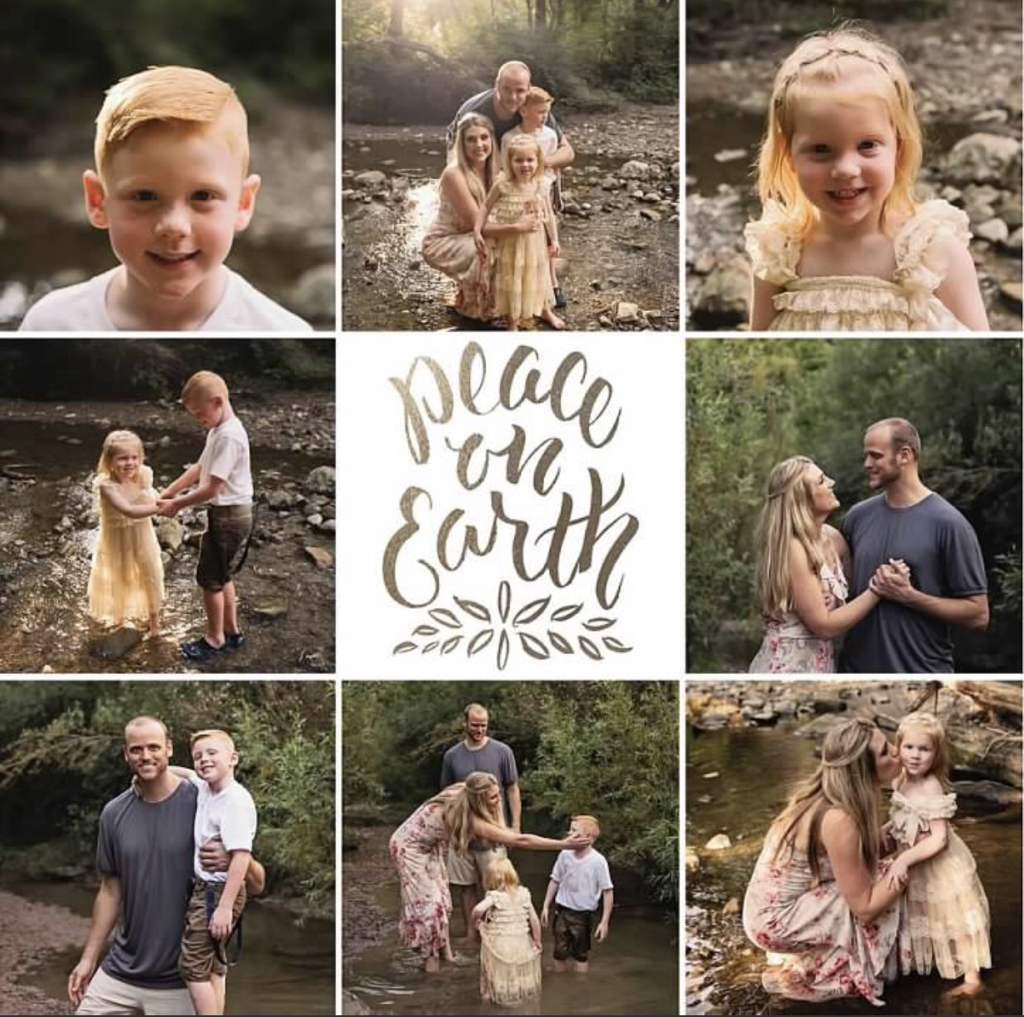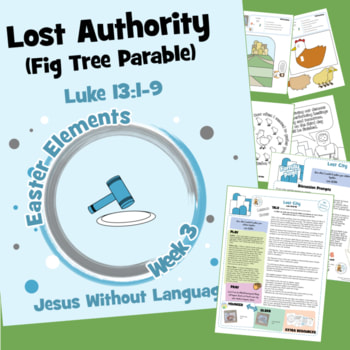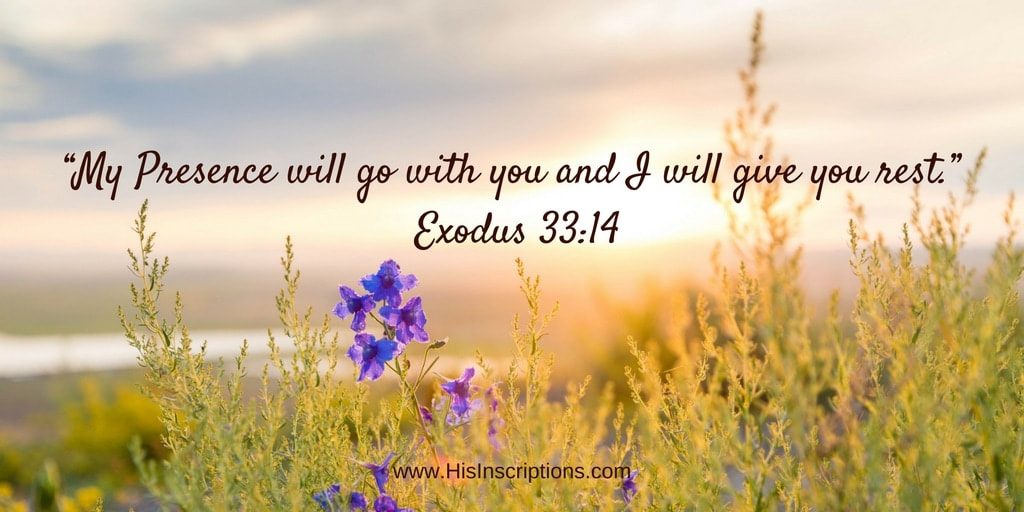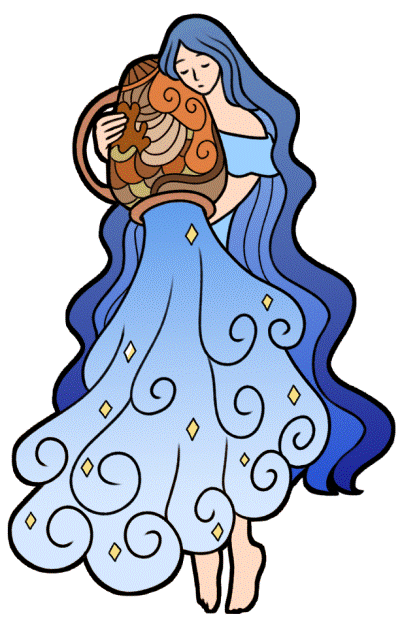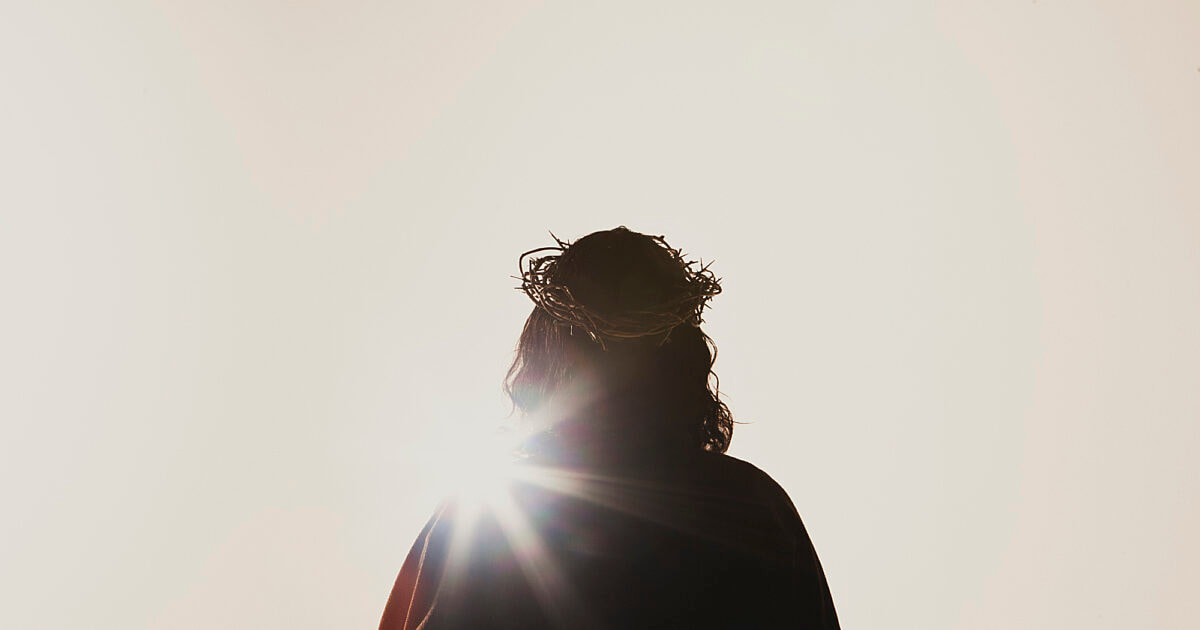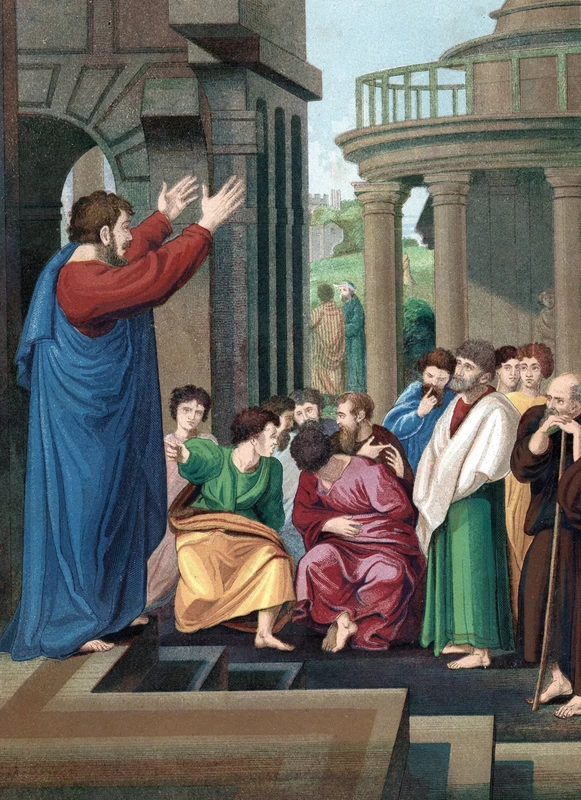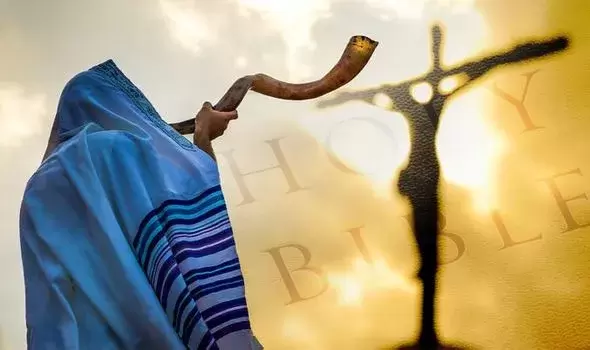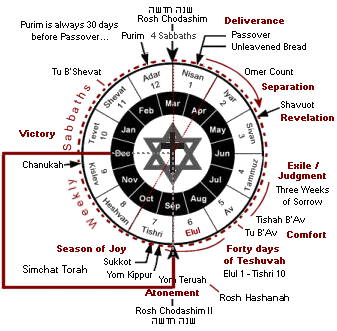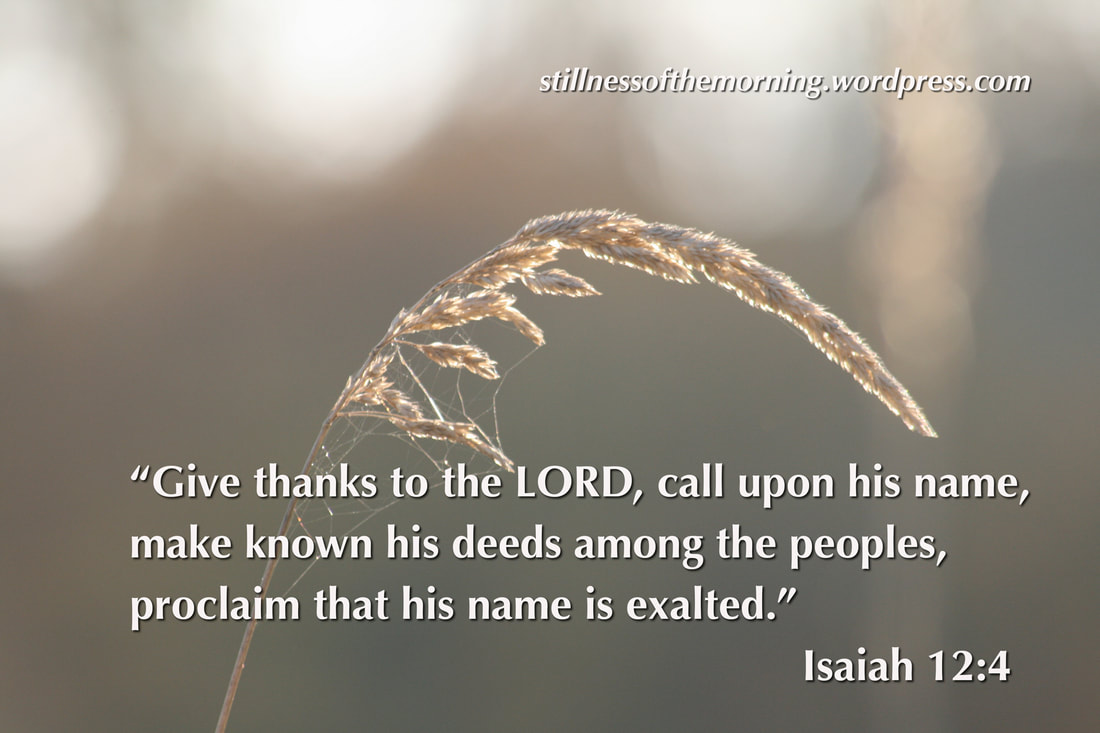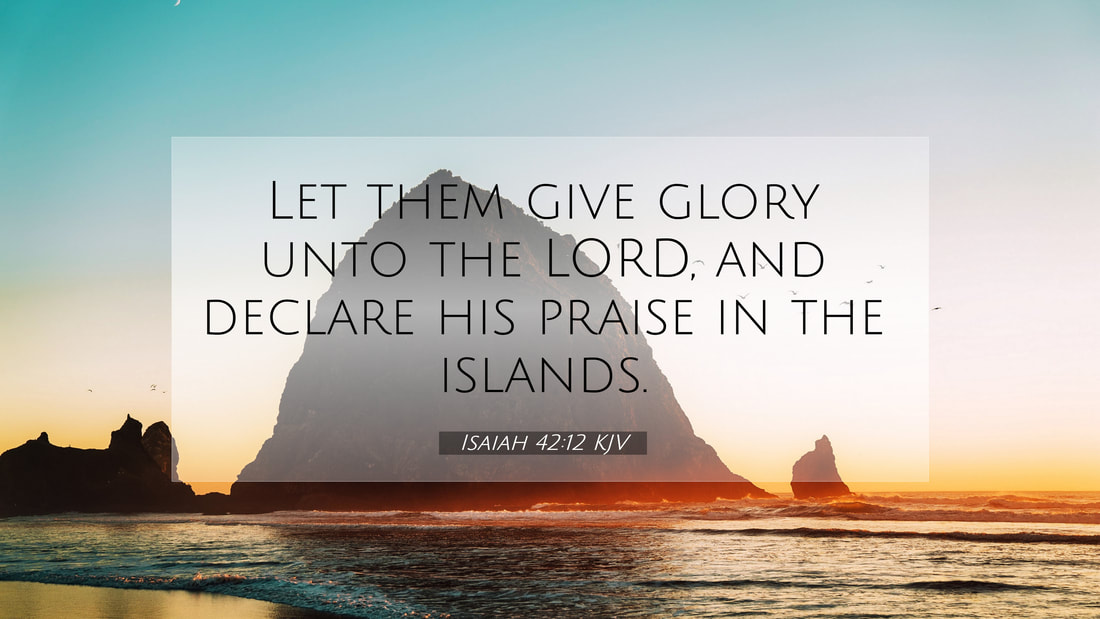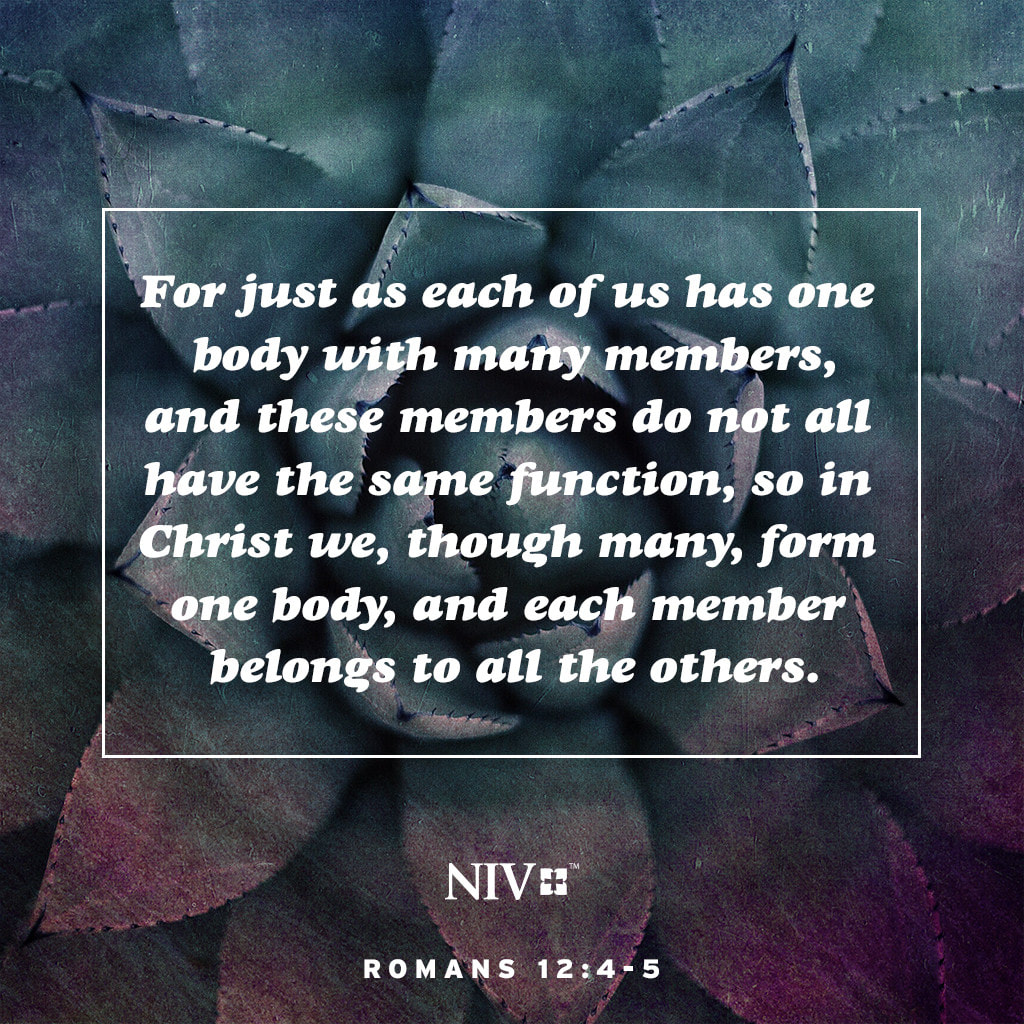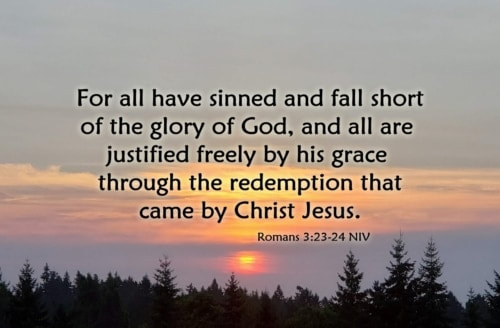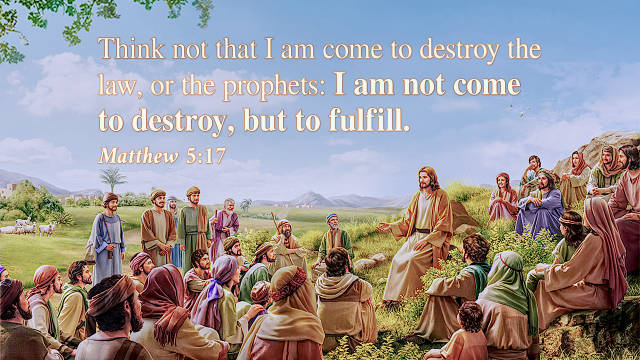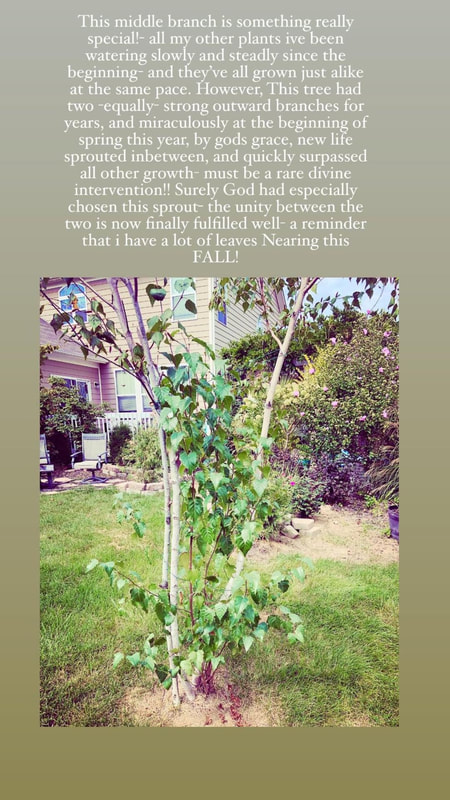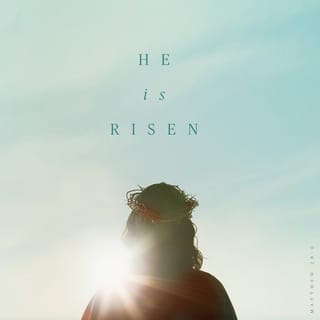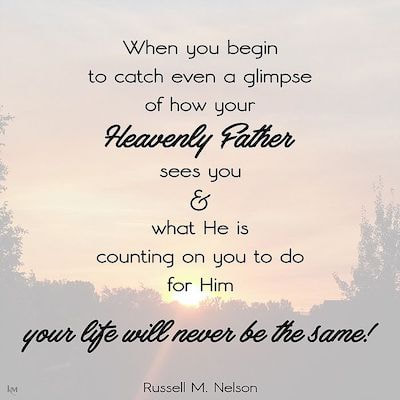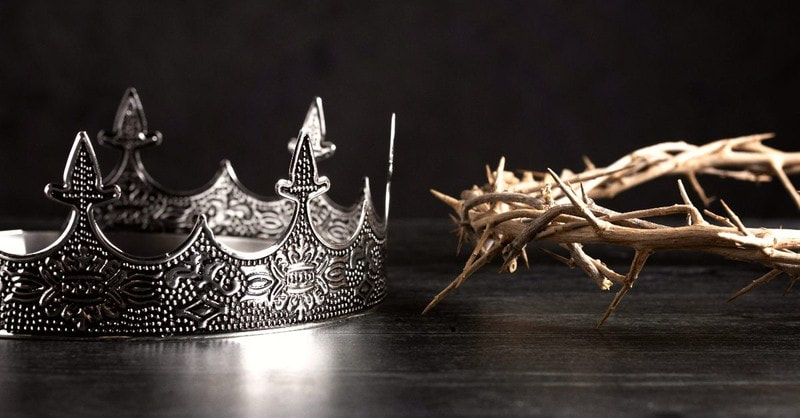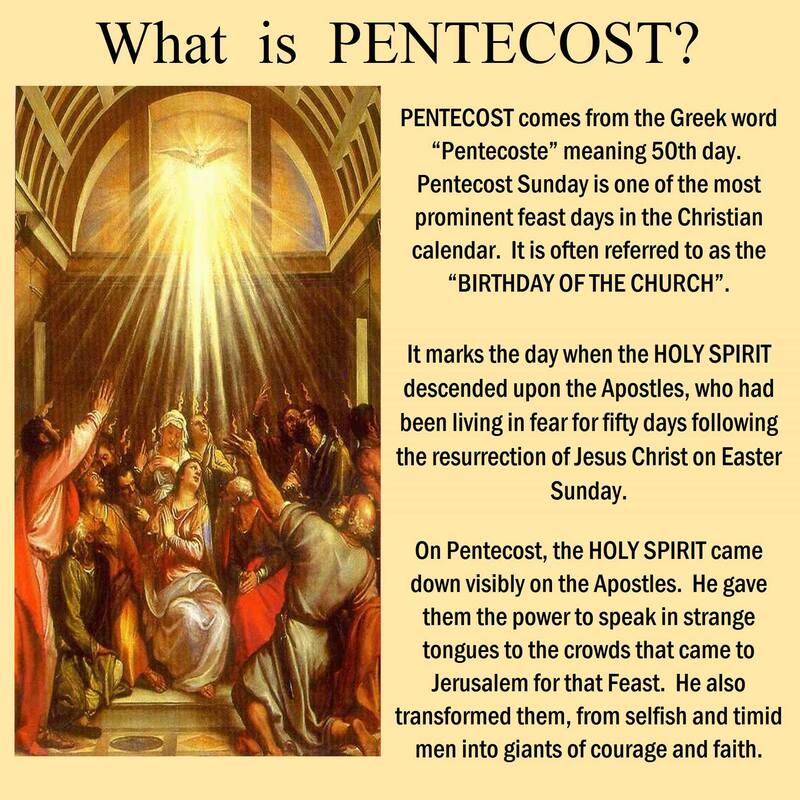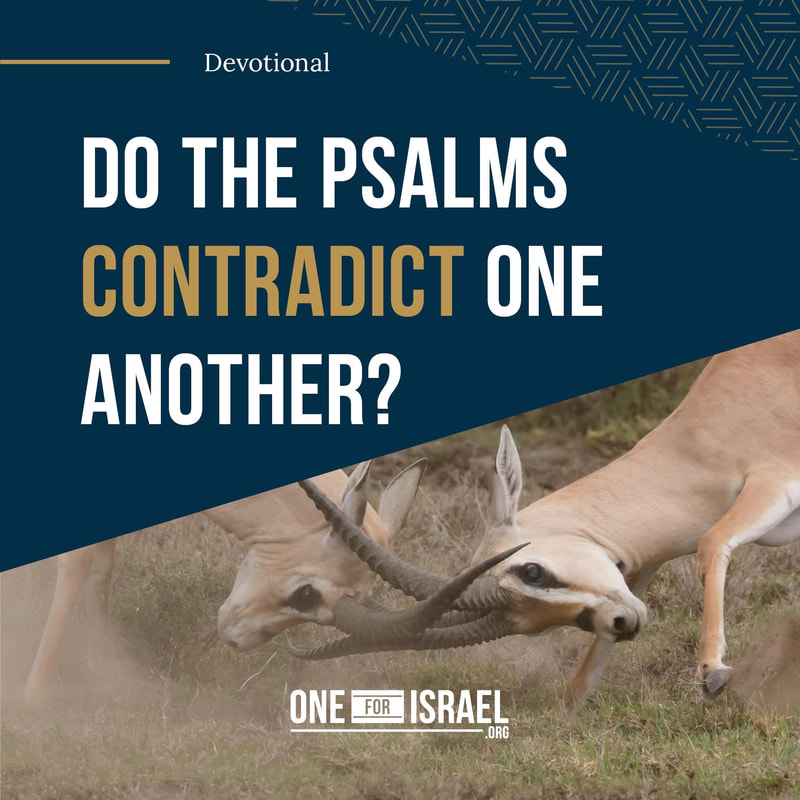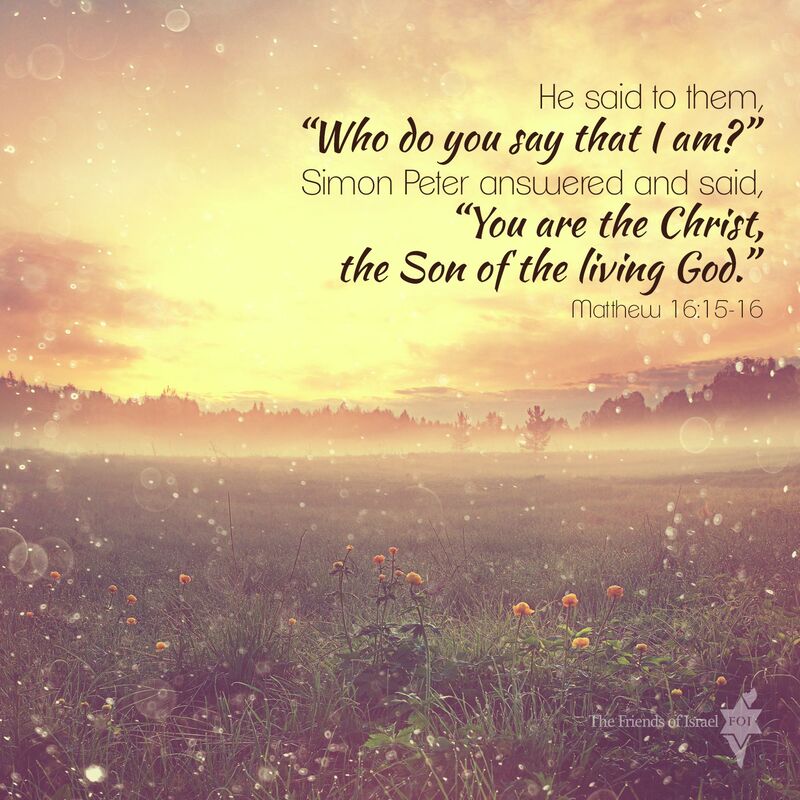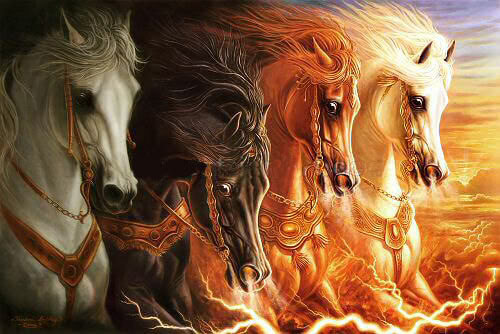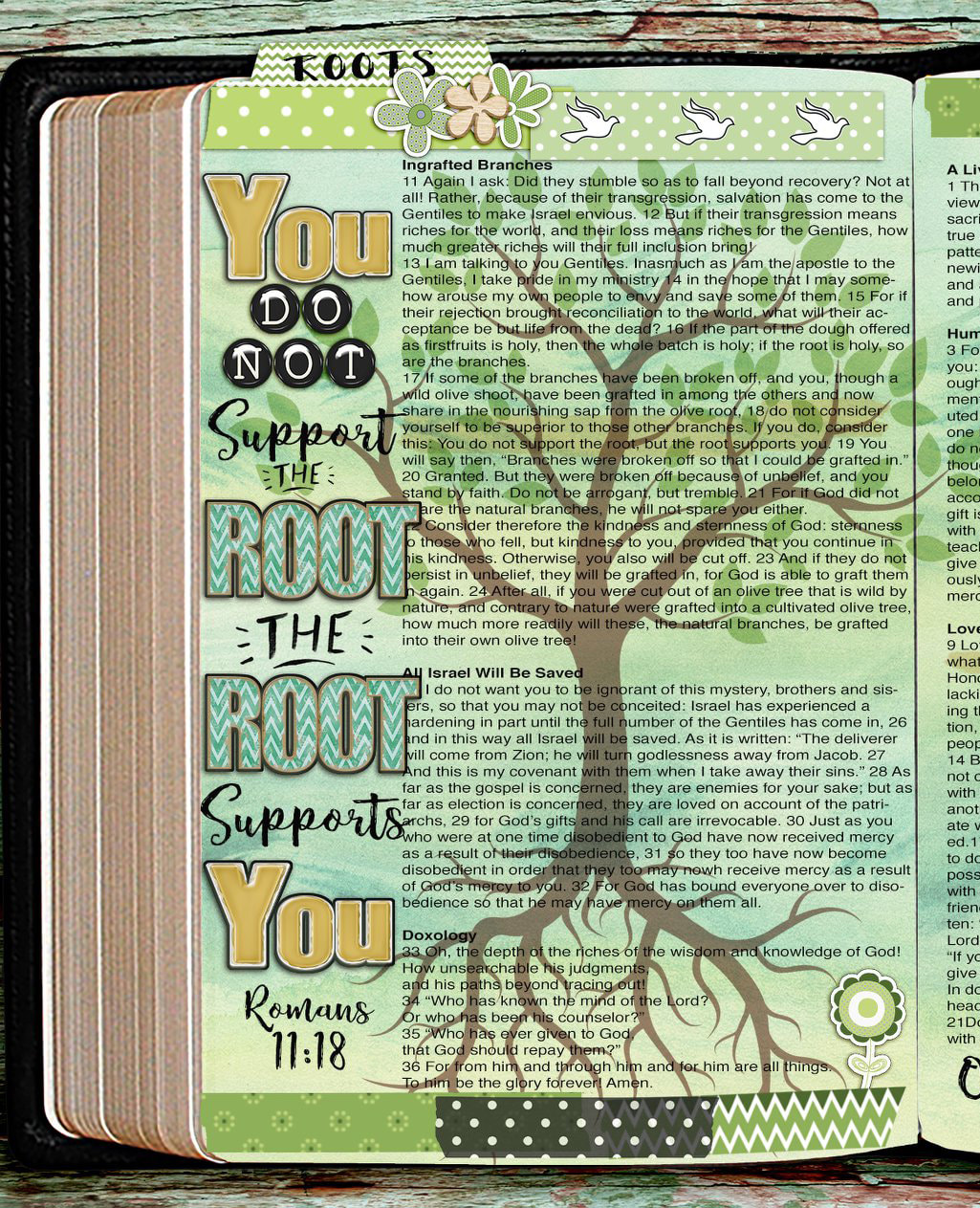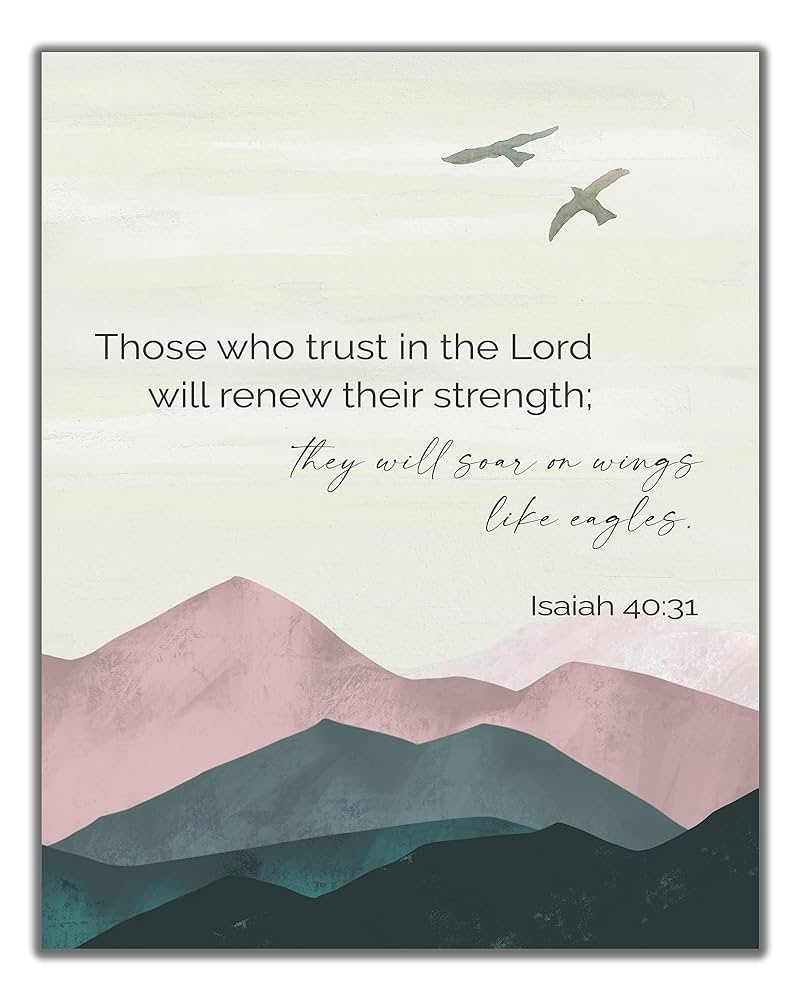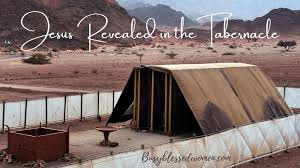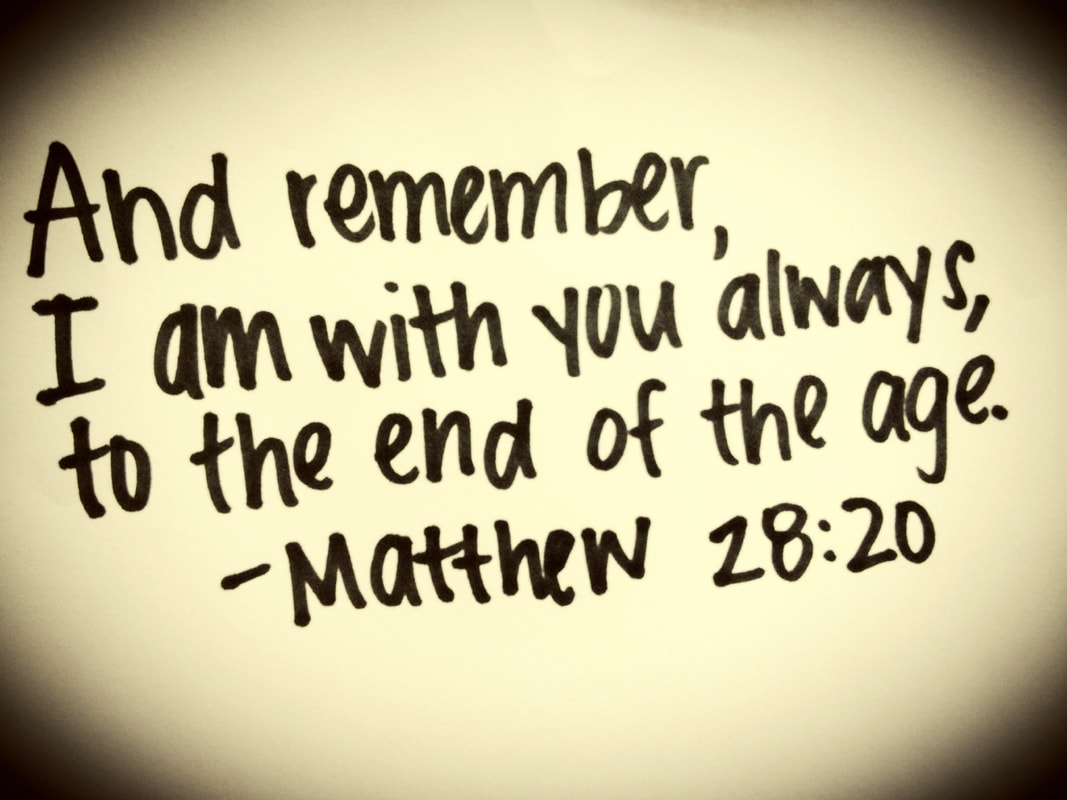It is recorded in Psalm 51:7,
“Cleanse me with hyssop, and I will be clean; wash me, and I will be
whiter than snow.”
God takes our sins and washes them
white as snow.
It's not the snow of the toboggan hill or ice rink.
It's the untainted,
untouched snow of the deep woods.
March 12, 2023
Spring FORWARD the hour into Day LIGHT
SAVINGS TIME
As we anticipate resurrection day, it's a little
late for Snow isn't it?
If you are not sure what the
Ark of the Covenant
is,
let me give you a quick answer which I will expound on.
The Ark
represented the presence of God
going with
the people of Israel and his
covenant to them.
Now let’s see what else we can learn to
help us understand –
what is the
Ark of the Covenant?
In describing the Ark
and the process for building it,
God gives his people
some very meticulous details
You can read the full description of these in Exodus 25.
God made a request that the people of Israel
bring an offering for the
building of a sanctuary for him.
“The Lord said to Moses, ‘Tell the people of Israel to
bring me their sacred offerings.
Accept the contributions from all whose
hearts are moved to offer them”
(Exodus 25:1-2).
“Have the people of Israel build me a holy sanctuary
so I can live among them.
You must build this Tabernacle and its furnishings
exactly according to the pattern
I will show you”
(Exodus 25:8-9).
In reading these verses we see that God’s desire was to live among his people.
He required an offering, from those who were
willing,
to build a sanctuary for his presence to dwell
among the people on earth.
On a side note, does that sound familiar to
you?
In today’s terms, God still requests an
offering,
which is your heart, from those who are willing.
This means that you have to let him in of
your own free will,
so
he can live in you and among you.
Remember Jesus’ words in Revelation 3:20:
“Behold, I’m standing at the door,
knocking.
If your heart is open
to hear my voice and
you open the door within,
I will come in to you and feast with you, and
you will feast with me.”
With God’s desire to be with his people,
he had to build a place
for his
presence to dwell amongst them.
Remember in the Old Testament God’s Spirit or presence
dwelt among his people.
In the New Testament God’s Spirit dwells
within his people.
What the Ark of the Covenant would become
is the place where God’s presence dwelt.
Here are some of the dimensions
for building the ark. Again, you can read the full details
in
Exodus 25.
“Have the people make an Ark of acacia wood — a sacred chest 45 inches long, 27 inches wide, and 27 inches high. Overlay it inside and outside with pure gold, and run a molding of gold all around it.
Cast four gold rings and attach them to
its four feet,
two rings on each side.
Make poles from acacia wood, and overlay them with gold.
Insert the poles into the rings at the sides of the Ark
to carry it.
These carrying poles must stay inside the rings;
never remove them.
When the Ark is finished,
place inside it
the stone tablets inscribed with the terms of the covenant,
which I will give to you. ‘
Then make the Ark’s cover — the place of atonement — from pure gold.
It must be 45 inches long and 27 inches wide”
(Exodus 25:10-17).
As you can see, very precise details.
What is also interesting is what is in the Ark of the Covenant. We see God’s commandments and the place for atonement.
Keep in mind
the building of the Ark of the Covenant was
part of
the larger building of the tabernacle.
So as important as the Ark was,
it was one piece of a larger framework.
Kind of like a thousand piece Puzzle
Id venture to say
When the tabernacle was completed, the Ark was
eventually placed in the
Most Holy Place or the Holy of Holies.
Exodus 40:1-3 tells us “Then the Lord said to Moses,
‘Set up the Tabernacle on the first day of the new year.
Place the Ark of the Covenant inside,
and install the inner curtain to enclose the Ark within the Most Holy Place.’”
One of the things about the Ark of the Covenant and the presence of God is that
it was serious business.
You couldn’t just enter the Most Holy Place any way you wanted to.
If you did, it meant certain death.
Here is God’s warning to Aaron:
“The Lord spoke to Moses after the death of Aaron’s two sons,
who died after they entered
the Lord’s presence and burned the wrong kind of fire
before him.
The Lord said to Moses, ‘Warn your brother, Aaron, not to enter the
Most Holy Place behind the inner curtain
whenever he chooses; if he does, he will die.
For the
Ark’s cover — the place of atonement —
is there,
and I myself am present
in the cloud
above the atonement
cover”
(Leviticus 16:1-2).
As I mentioned, only the high priest - in this case Aaron and his descendants -
were allowed to even enter the Most Holy Place.
The high priest, beginning with
Aaron and his sons,
eventually
flowing down to
the Levites,
would enter once per year on Yom Kippur, the Day of Atonement,
and offer
the sacrifice for the sins of the people.
There was also a long list of requirements necessary
before Aaron,
and eventually the high priests after him, could
enter the Most Holy Place.
These are detailed in Leviticus 16.
So aside from it being the place where God’s presence dwelt,
it was also the place of annual
sacrifice for the atonement of the people.
The reason the Ark was so important to the Israelites was because it represented
God’s presence being with them.
They knew that as long as God was with them, then
God’s provision and God’s protection would also be with them as well.
Sadly,
eventually the nation of Israel began to see the Ark
not as representative of God’s presence
but as a good luck charm
In 1 Samuel 4 after being defeated by the Philistines
they decided to bring out the Ark
because
that would ensure certain victory.
It didn’t
and they were soundly defeated
losing 30,000 soldiers and facing the embarrassment of the Philistines
capturing the Ark.
The Israelites completely missed
what
the Ark of the Covenant was supposed
to be
and sometimes we do the same to God.
We treat God as the good luck charm to get us out of trouble regardless of how we have been living.
The idea of living however you want, disregarding everything God asks you to do, living a life
of total disobedience and then just saying a prayer when
you are in trouble
and everything will work out is
not how it works.
God is not obligated
to help those who choose to live in willful disobedience.
The person that God looks to help is
the one
who has completely put their
trust in him.
“For the eyes of the Lord
range throughout the earth to strengthen
those whose hearts
are
fully committed to him”
(2 Chronicles 16:9).
The Ark was not a good luck charm back then and
God is not one now.
There is the story of transporting the Ark in 1 Chronicles 13. Long story short
the Philistines had captured the Ark, as we mentioned earlier,
but when they had it
they experienced God’s judgment
so they sent it back to the Israelites.
In his zeal,
David sought to move the Ark to Jerusalem,
however
he did not move it according to the
instructions
God had previously given.
Even though the nation of Israel had great celebration
and rejoicing over moving the Ark,
they neglected to follow God’s instructions.
This is a reminder that zeal alone is not enough and to
make sure you are
following what God tells you to do
They decided to transport the Ark on a cart pulled by oxen and when
one of the oxen stumbled
Uzzah reach out to
steady the Ark and he died when touching it.
The reason Uzzah died is because David did
not follow the instructions
God had given for the way
to transport the Ark.
Only the Levites were allowed to transport the Ark.
Later however David learned his lesson
“David now built several buildings for himself in the City of David. He also prepared a place for the Ark of God and set up a special tent for it. Then he commanded, ‘No one except the Levites may carry the Ark of God. The Lord has chosen them to carry the Ark of the Lord and to serve him forever’” (1 Chronicles 15:1-2).
This is a simple reminder
of how important it is to do things
God’s way
If you do then he will
honor your obedience
That is important not just in talking about what the Ark of the Covenant is,
but where it is today
The truth is no one really knows. There are lots of thoughts and ideas but nothing concrete. There is an interesting article about
what happened to the Ark on Compelling Truth.
We know that after
the
Babylonians conquered Jerusalem
they took over the temple,
but we don’t know what became of the Ark. I guess that’s why the story of
trying to find it makes for a good movie.
As you can see the Ark was vital to Israel in the Old Testament.
It played an important role in their everyday lives. If you look at the history of the kings in Israel however, it’s safe to say that over time the importance and value of the Ark
shifted depending on who was king
What the Ark of the Covenant meant to some kings
it
did not have the same level
of
sacredness to other kings.
When you fast forward to today there is good news.
Regardless of what happened to the Ark,
you have access to God’s presence.
There is no longer a curtain between you
and the Most Holy Place.
Because of the atonement for our sins
made by Jesus Christ,
you now can come into the
presence of God
This is a special privilege reserved not just for the Levites
but for all who carry Christ in their hearts as
Savior and Lord. This gives you access.
I encourage you today to take advantage of what Christ has done for you
and spend time in that Most Holy Place.
After all God wants you there because his desire has not changed.
He wants to dwell among his people, and that
my friend means you.
What Is the Mercy Seat?
The mercy seat is first introduced in Exodus 25:10-22. This is part of a larger passage that is dealing with the construction of the tabernacle and its furnishings. These thirteen verses describe what came to be known as the ark of the covenant.
The first few verses describe the ark itself – a wooden box that is about 45 inches long and 27 inches wide and tall.
It has legs, rings, and carrying poles, and is overlaid with gold.
Contained within the ark were the
stone tablets with the
words of the covenant written on them.
The rest of this
passage describes the cover, or lid, that was made for the ark.
The Hebrew word used for this lid was kappōret. Some Bible versions, such as the CSB,
translate
this word as “a mercy seat.”
Others, like the NIV, translate it as “an atonement cover.”
It is the same width and length as the ark,
and it was made of pure gold.
And on top of the mercy seat were a
pair of cherubim.
After the description of the mercy seat, God told Moses that it would be the place where he would communicate with Moses, passing on his laws for Israel.
This was also where the atoning sacrifice was offered.
And in the description of that sacrifice, discussed below, we find that it was
where God lived, at least symbolically.
The mercy seat
represented
God’s presence
among his people.
What Is the Significance of the Cherubim on the
Mercy Seat?
Mention cherubs
(the singular of cherubim) and most people are likely to picture
cute little babies with wings.
But the cherubim as describe in Ezekiel are quite different (Ez. 1:4-14).
They are actually
quite terrifying looking;
there is
nothing cute and cuddly about them.
The cherubim on the top of the mercy seat are described as
facing each other and the mercy seat itself.
Their wings were outstretched and overshadow the mercy seat.
These cherubim are an interesting feature,
one that is not explained anywhere.
But from their use elsewhere I believe we can draw some conclusions.
The first mention of cherubim in the Bible is in
Genesis 3:24.
After Adam and Eve were banished from
the
Garden of Eden, cherubim were placed on the
east side of the garden,
along
with a flaming sword, to
guard the way to the tree of life.
The garden
represented God’s presence on earth and so the cherubim
also seem to
serve as gatekeepers to God’s presence.
In 1 Samuel 4:4, and other places, God is described as being
enthroned between the cherubim over the ark.
Psalm 18:10 describes God as mounting the cherubim and flying.
The first chapter of Ezekiel describes creatures that are later identified as cherubim.
These creatures are strange indeed.
But above their heads is the throne of God.
It seems like the cherubim are closely associated with God’s presence.
And so, these images of cherubim atop the mercy seat could
symbolize God’s presence and holiness.
No image of God was allowed. But the
images of the cherubim point to God’s presence.
What Role Did the Mercy Seat Play in Jewish Religious Life?
The mercy seat was initially where God met with Moses to communicate the Law to him. But it had a second more significant role in the ritual worship practice of Israel. Leviticus 16describes the Day of Atonement, an annual time of sacrifice for Israel. And the mercy seat played a significant part in this sacrifice.
On the Day of Atonement, there were a series of sacrifices made. Of these, one was a bull for the sin of the high priest and a second was a goat for the sin of the people. Leviticus 16:11-17
describes the process for
offering these two sacrifices,
and it was unique among all the other sacrifices offered.
For each of these two sacrifices,
the high priest would take some of the blood of the sacrifice through the curtain and into the most holy place. He would also take a censor of coals and some incense
whose smoke would hide the mercy seat so that the priest
would not die.
God was dwelling above the mercy seat, so to see the mercy
seat would be to see God.
And that was fatal.
The high priest would then sprinkle blood on the mercy seat as well as in front of it.
And in that way,
he made atonement for his own sin and the sin of the people.
There were other sacrifices made over the course of a year,
including the sin and guilt offerings.
These were to be made when either a person or the community had sinned. But these offerings seemed to be restitution for the sin – it was payment of a penalty. But only the sacrifices on the Day of Atonement actually made atonement for sin. Only this sacrifice would serve to wash away the stain of sin. Although, as the author of Hebrews makes clear,
the blood of bulls and goats could not actually take away our sin (Heb. 10:4).
The Mercy Seat in the New Testament
The mercy seat, using the Greek word hilastērion, is mentioned twice in the New Testament. In Hebrews 9:1-9 the author describes the arrangement of the furnishings of the tabernacle. And in verse five he mentions the mercy seat with its overshadowing cherubim of the Glory. Following that, he describes the annual activity of the high priest offering the blood of the atonement sacrifices. He closes this description with the comment that this earthly tabernacle and its offering were only temporary, until the new order ushered in by Christ had come.
The rest of Hebrews 9, and on into the next chapter, describe how Christ came as a better high priest, serving in the heavenly tabernacle and offering a superior sacrifice of atonement. The author of Hebrews goes to great lengths to show that what Leviticus 16 described was only looking forward to the more perfect sacrifice that Jesus would make on our behalf. The blood of the sacrificed animals could never make atonement for our sin. But the blood of the sacrificed Jesus could, and did.
Jesus As the Mercy SeatThe second time hilastērion is used is in Romans 3:25. Here it is translated, sometimes as mercy seat (CSB), sometimes as propitiation (KJV, ESV, NASB), but other times as “sacrifice of atonement” (NIV, NRSV). But, regardless of the translation, it is God who presented Christ as the means of making atonement.
And this
atonement
is received by faith in the
blood of Jesus
Washes our hearts clean, from red to white,
White and hearts PURE as
Snow
I believe the translation of the CSB in this passage is very intriguing. The mercy seat in the Old Testament was God’s dwelling place among his people, and that is really a good description of Jesus as well. He was God, wrapped in human flesh, and dwelling among us – Emmanuel (Matt. 1:23).
In a very real way,
Jesus was the fulfillment
of what the Old Testament mercy seat was pointing toward.
And not only was he the mercy seat, but as Hebrews points out,
he was also
the high priest that Aaron and his descendant
could never be (Heb. 9:11).
And he was himself a sacrifice that was superior to the
animals offered by the priests under the old covenant
(Heb. 9:12).
Jesus fulfilled
all aspects
of the Old Testament sacrifice of atonement.
He was the high priest,
the
atoning sacrifice,
and
the mercy seat
In Matthew 5:17,
Jesus declared that he was
the
fulfillment of the Law and the Prophets.
Jesus fulfilled the prophecies
related
to a coming Messiah
But I believe it means much more than that.
All the Old Testament
points to Jesus and finds its ultimate meaning
and fulfillment in him.
And this is dramatically illustrated by the Old Testament
mercy seat pointing ahead to Jesus and his atoning sacrifice.
The Cross as a SymbolIn the Old Testament, the mercy seat was the
physical location
where the blood of the atoning sacrifice was offered.
In the New Testament,
it is the cross that was the physical location where Jesus, our atoning sacrifice, was offered up and his blood poured out on our behalf.
The Old Testament mercy seat looked ahead to the atoning work of Jesus, while the cross looks back at the atoning work of our Lord.
In this way the cross has become a useful symbol to represent Jesus as both the mercy seat and the atoning sacrifice that was offered there.
 RSS Feed
RSS Feed

